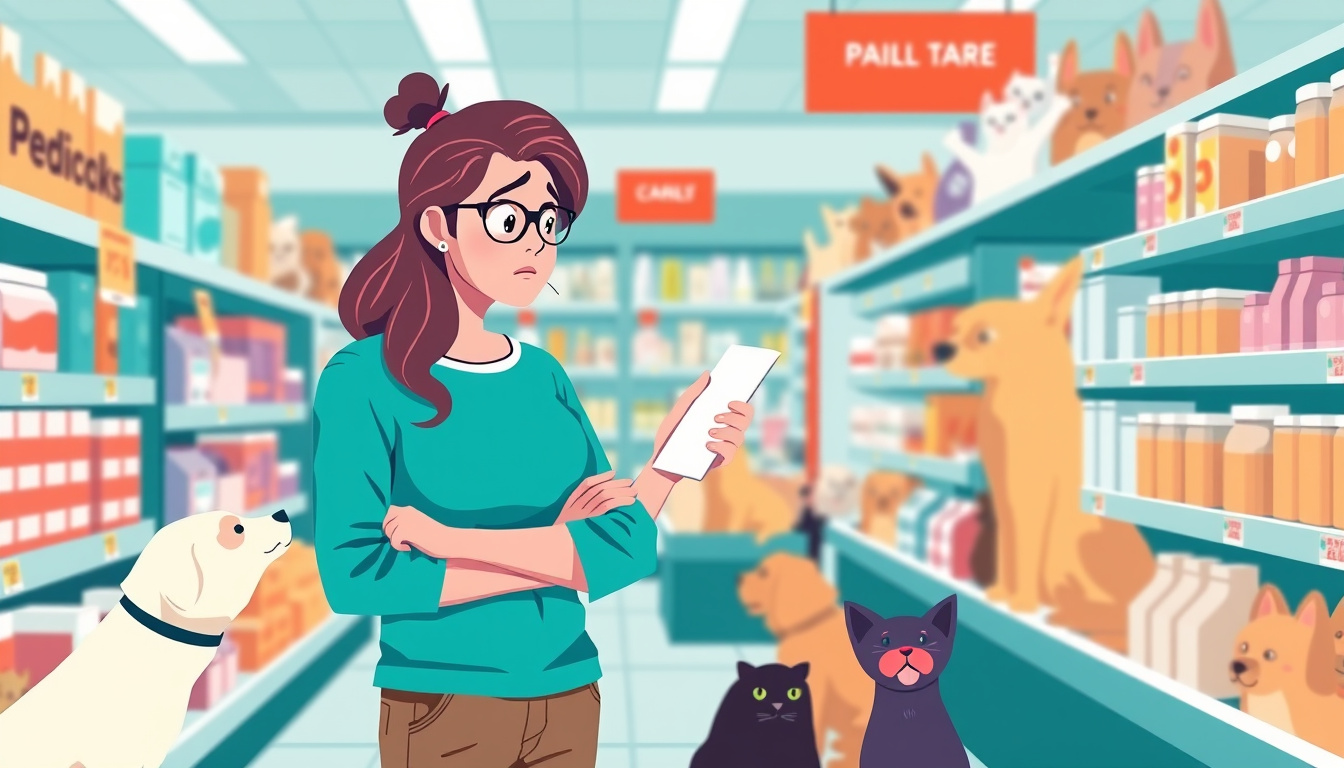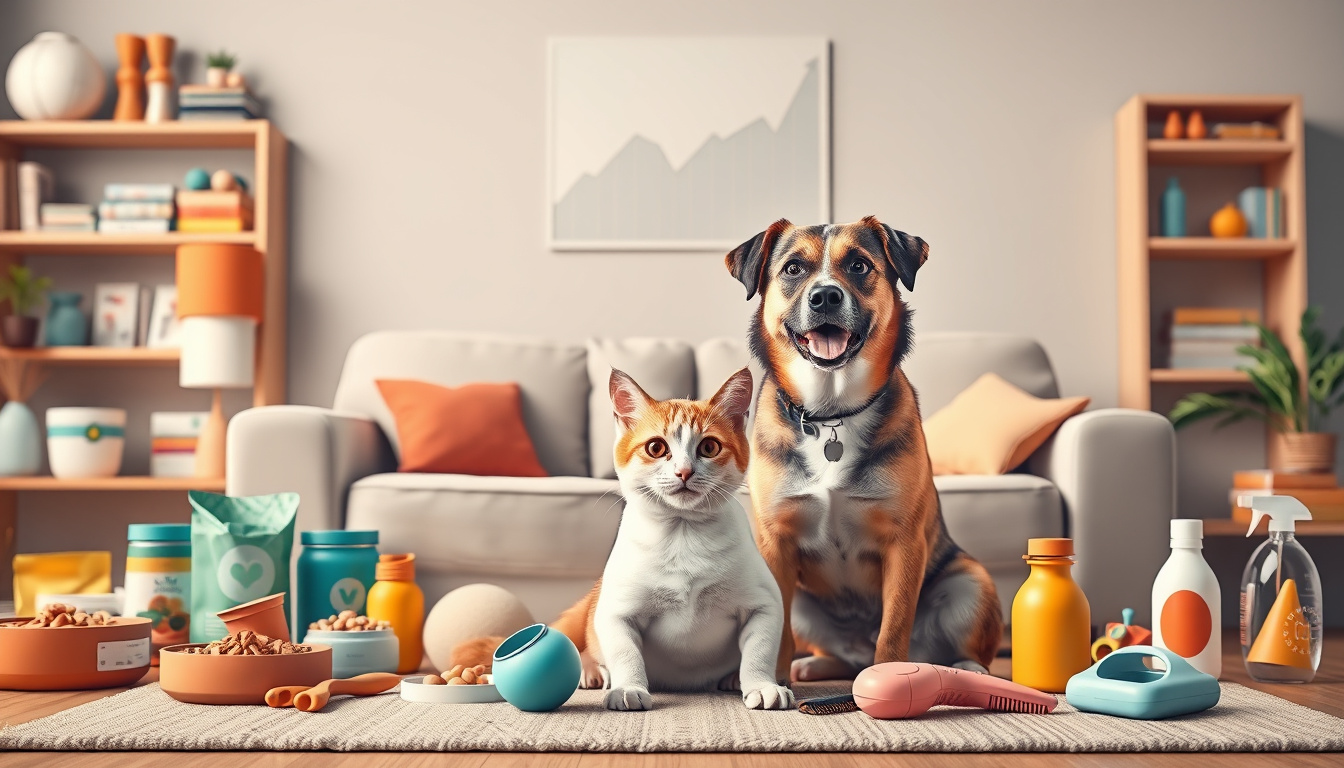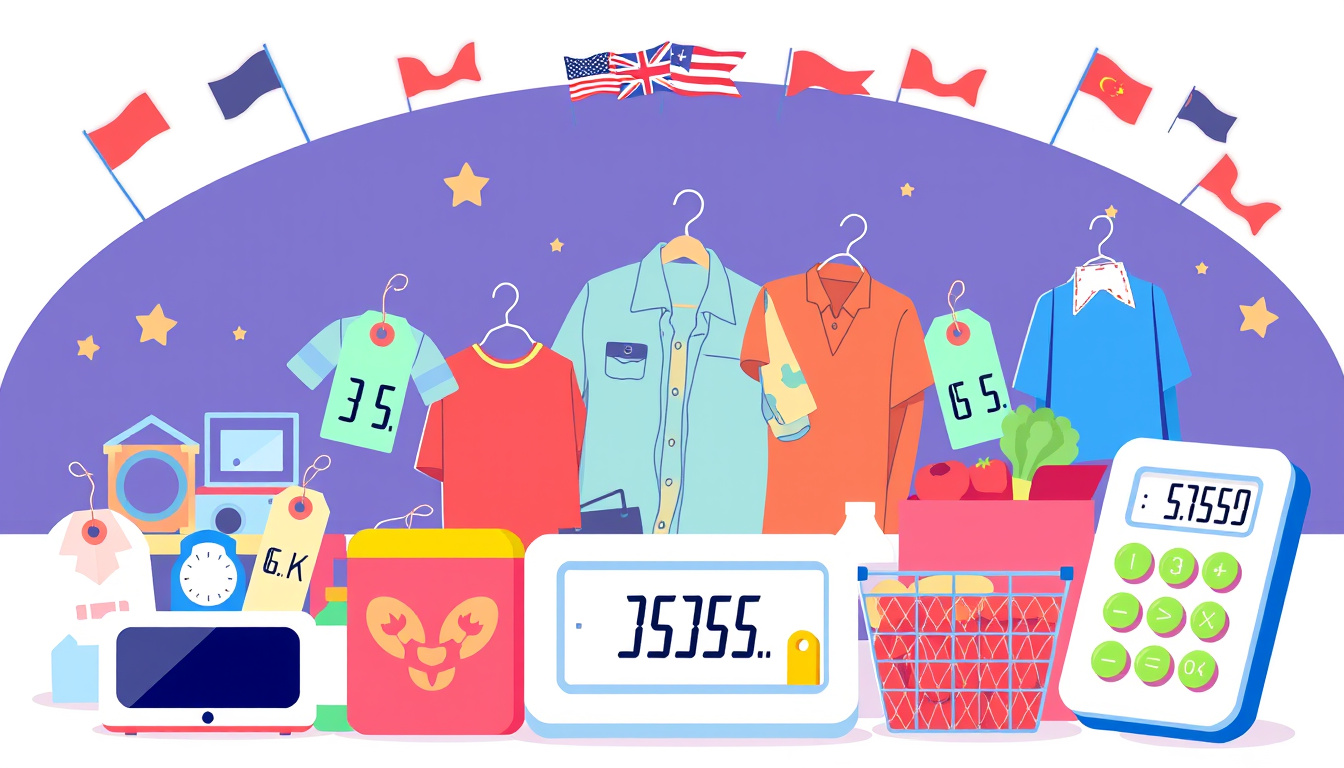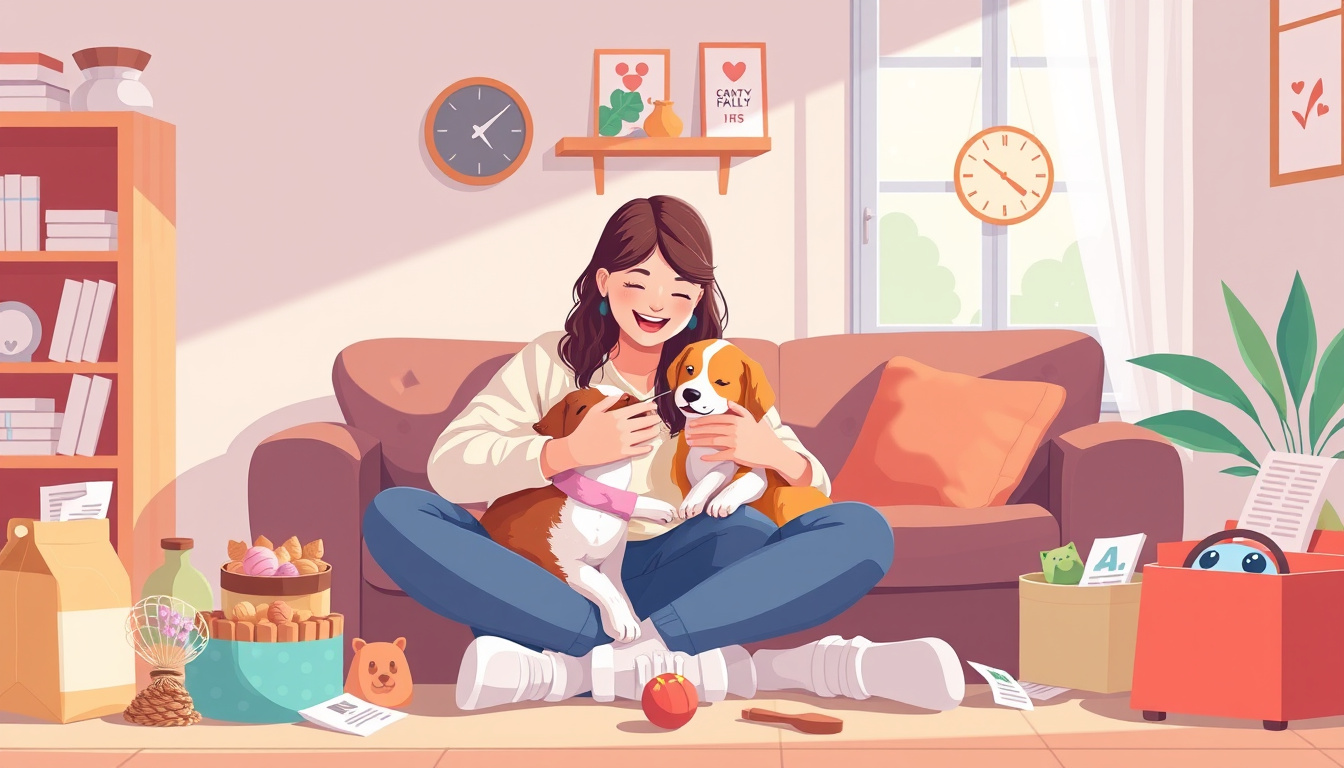
Proposed Tariffs Set to Increase Pet Care Costs for Owners Nationwide
Indianapolis, IN – Pet ownership grows in the United States. More people own pets, and they worry about new tariffs. These tariffs may raise the price of pet products. Many already face higher costs in daily life.
Ellie Cornett is a college student. She owns a King Charles Cavalier named Winston. “You must buy special pet food for a puppy that costs about $50 per bag, and he uses it in one month,” she said. For a college student, that expense is hard to bear.
Steven Howes also has concerns. He owns an AKC registered Pembroke Welsh corgi. He noted that vaccine expenses have nearly doubled. “I think even vaccinations have almost doubled for me,” he said.
A USA Today report, Rover’s “True Cost of Pet Parenthood Report,” shows that dog owners may see costs rise by 7%. Cat owners might face a 10% cost increase this year. Professor Andreas Hauskrecht from the IU Kelley School of Business warned, “I own multiple dogs, and I strongly disagree that pet food is cheap.”
Tariffs may make pet product prices grow even more. Professor Hauskrecht gave an example: Soft food comes in cans. Cans cost more because tariffs increase the price of steel and aluminum. In pet food, ingredients also pass through a supply chain that comes partly from Mexico and Canada.
Despite these rising costs, pet owners stay devoted. “If you know avid dog lovers or cat lovers, nothing will stop us,” said Howes. “It is like having children; my dog is my third kid.”
Indiana may feel the effects of these tariffs the most. The state helps run key supply chains for pet care. Rover projects that by 2025, a dog owner might spend between $1,400 and $5,200 per year. Cat owners could face annual costs between $750 and $3,500. Pet owners now brace for a new cost reality. Pet care expenses and economic policies have grown close together. The future of pet ownership is now a hot topic. For now, pet owners are urged to stay informed and plan for these changes.
contact mindful ai media creations here: mindfulaimedia@gmail.com






